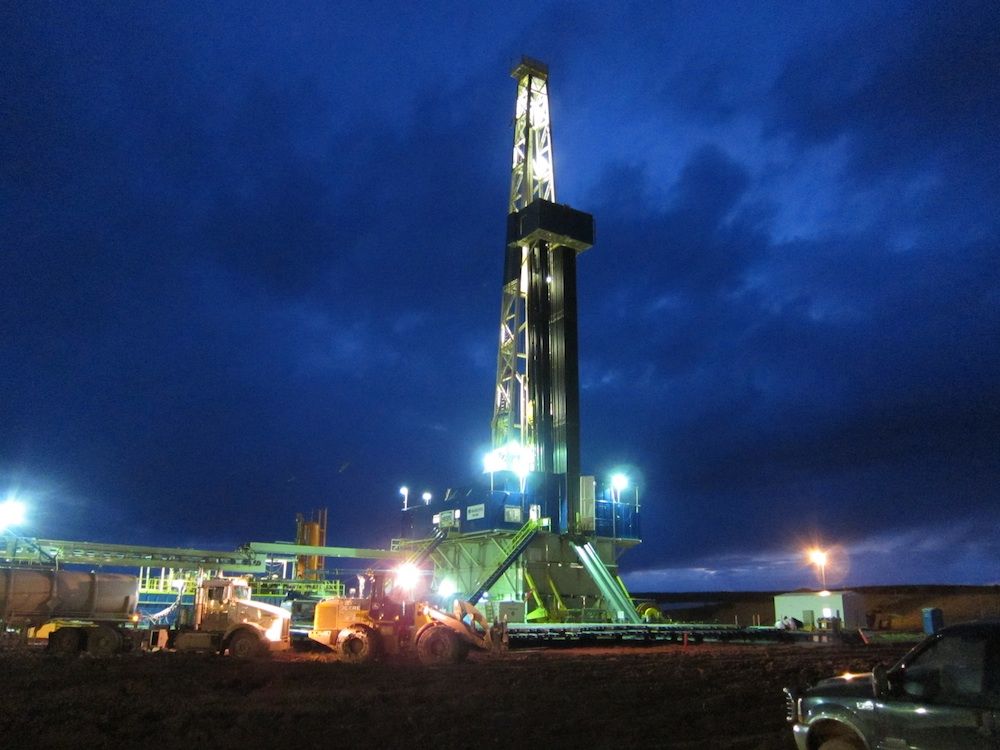Gas Injection Triggered Texas Earthquakes

Recent earthquakes that rattled the Cogdell oil field in northern Texas were triggered by gas-injection wells meant to boost oil production, a study finds.
People living in Snyder and other towns near the Cogdell drilling sites recall a similar earthquake swarm that shook homes between 1974 and 1982, which has been linked to fluid injection.
It turns out that several earthquakes from both the recent and 1970s swarms hit in about the same place, probably along pre-existing fault lines hidden underground, said study authors Wei Gan and Cliff Frohlich of the University of Texas at Austin's Institute for Geophysics. The quakes clustered along several northeast-southwest lines, which might indicate the presence of previously unidentified faults, they said.
The findings were published Nov. 4 in the journal Proceedings of the National Academy of Sciences.
Gan and Frohlich analyzed 93 earthquakes stronger than magnitude 1.5 that hit the Cogdell area between March 2009 and December 2010. Three temblors were more intense than magnitude 3, and the strongest — a magnitude 4.4 — struck in September 2011.
Information about the amount of oil, gas and water injected and extracted at Texas wells is publicly available. The researchers compared the data with earthquake records, and found there were more earthquakes when the amount of gas injected increased. The oil companies were primarily injecting carbon dioxide (CO2) gas into the ground.
Gan and Frohlich also compared their findings to nearby oil fields where there hasn't been an uptick in earthquakes — the Salt Creek field and the Scurry Area Canyon Reef Operators Committee unit. Since 1990, the amount of liquid injected and extracted at all three oil and gas fields has remained fairly constant. The only significant change was a substantial increase in carbon-dioxide gas-injection rates at the Cogdell field starting in 2004, they said.
Sign up for the Live Science daily newsletter now
Get the world’s most fascinating discoveries delivered straight to your inbox.
"What's interesting is, we have an example in Cogdell field, but there are other fields nearby that have experienced similar CO2 flooding without triggering earthquakes," Frohlich said in a statement. "So, the question is, why does it happen in one area and not others?
"The fact that the different fields responded differently to CO2 injection and that no other gas-injection sites in the world have been linked to earthquakes with magnitudes as large as 3 suggests … it is possible that in many locations, large-volume CO2 injection may not induce earthquakes," Frohlich said.
Wastewater injection from fracking — the process of injecting fluid underground to fracture rocks and extract oil and gas — has also been blamed for earthquakes in Ohio, Oklahoma and Alabama.
Email Becky Oskin or follow her @beckyoskin. Follow us @livescience, Facebook & Google+. Original article on Live Science.











